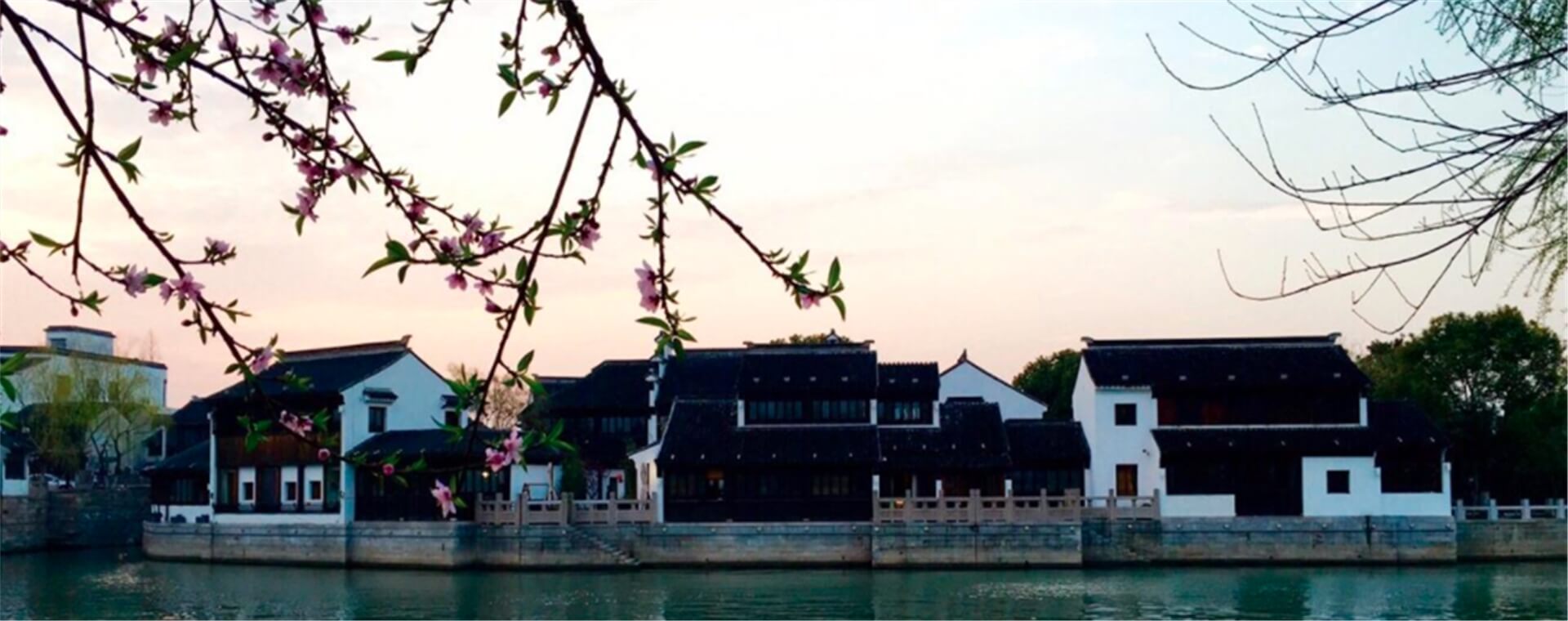Remember to eat a mouthful of malt collapse cake and lock the spring day in Jiangnan at the tip of your tongue if you are in the drizzly Jiangnan this spring.
Malt crumb cake is a traditional Soviet style tea in Wujiang. It is a local snack made by dexterous rural housewives.
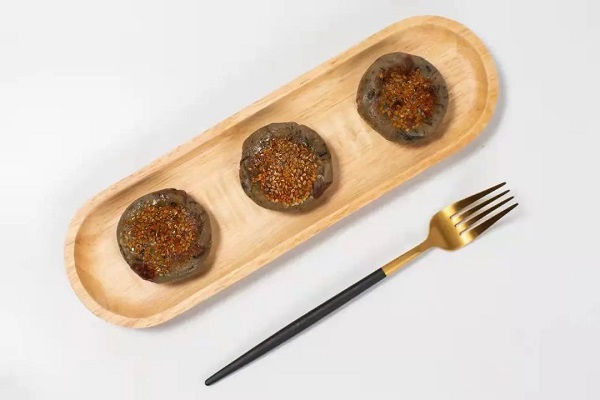
During the Qingming Festival, people here like to make snacks with malt crumbs. When they are busy in the field, malt crumbs can be used as food for people’s hunger.
This soft glutinous snack with a faint smell of malt will evoke the nostalgia of many Wujiang people.
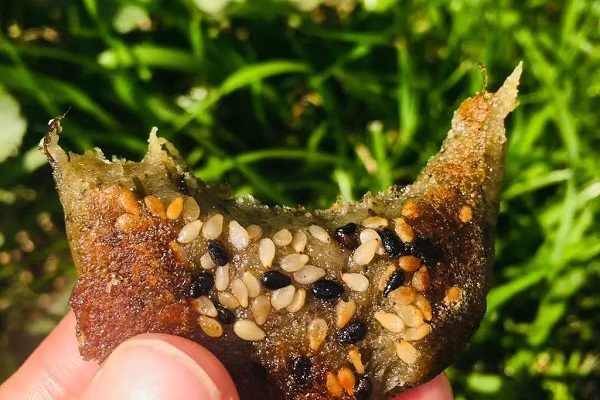
The color of malt crumb cake is dark green and bright. A bite of delicate sweet waxy is accompanied by the aroma of grass in the spring of Shuixiang.
In March, when the flowers are red and the willows are green, all kinds of grass in the fields take advantage of spring. In the wet sparse forests and wilderness, some unknown but delicious wild delicacies are thriving. This is the time to eat malt crumb cake.
The origin of the name malt collapse cake is naturally related to malt. Soak the barley and let it germinate. After drying, it is processed into malt powder and kneaded into rice flour. The unique sweetness of malt crumbs comes from the sprouted barley.
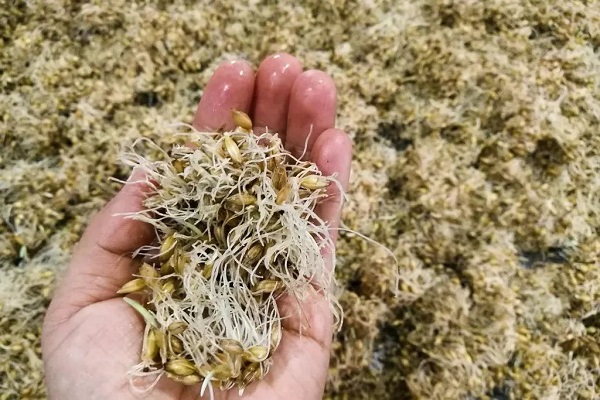
The malt cake just released from the pot emits a faint smell of green grass, which is the secret of malt cake delicacy – Rattus. This kind of common weed along the coast grows only this season a year.
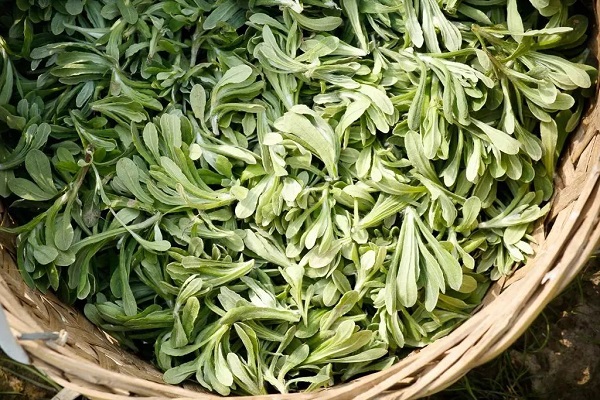
Malt crumb cake is delicious, but it is quite difficult to make. The difficulty lies in the production of malt powder, the picking of “grass head”, the proportion of raw materials and the frying and baking of malt collapse cake.
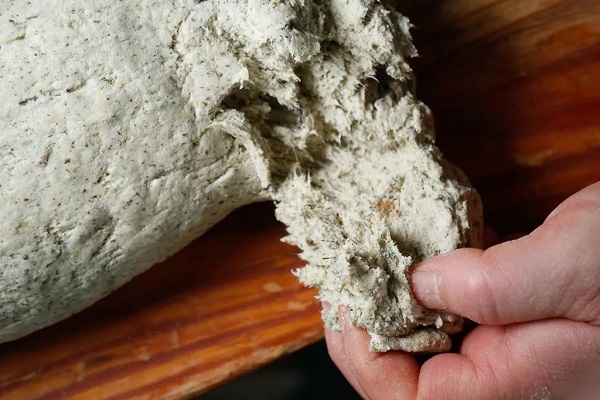
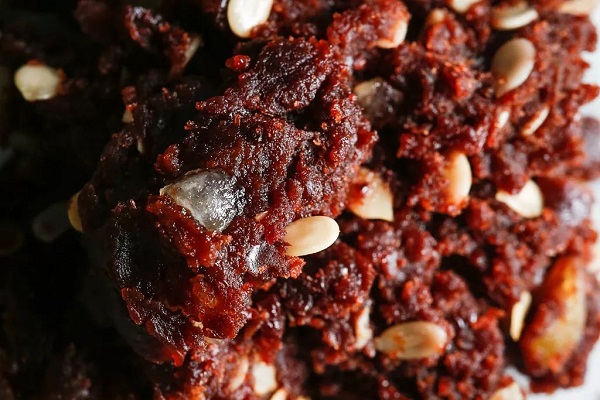
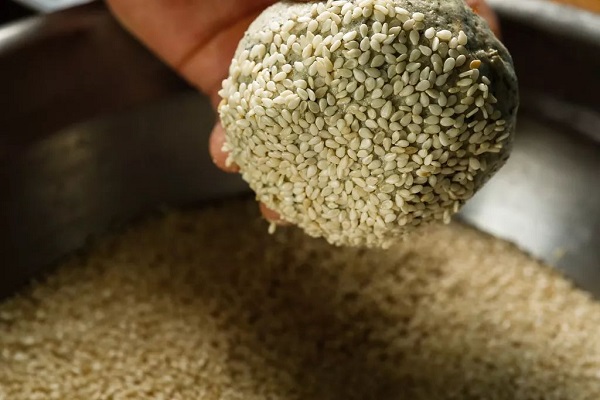
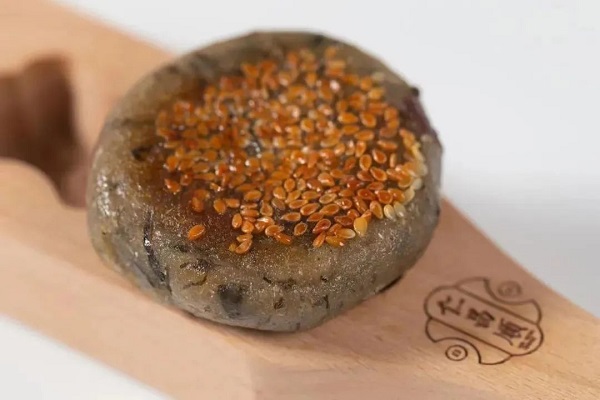
When the pot comes out, it is coated with sugar water made of malt. At this time, the malt collapse cake with fragrance, green and bright, delicate and sweet waxy is presented in front of you.
The first time I see malt crumb cake, many people will think it is ugly. Everyone who dislikes its appearance will “really smell” after eating it. Its outer skin is burnt and crisp, and its inner side is sweet and soft and waxy. It has won a good reputation by relying on its strength rather than its appearance.
In Suzhou, on the Dongting mountain on the side of Taihu Lake, Biluochun tea, which was famous as early as the Sui and Tang Dynasties, often breathes out a “frightening fragrance” in the fragrance of flowers and fruits.
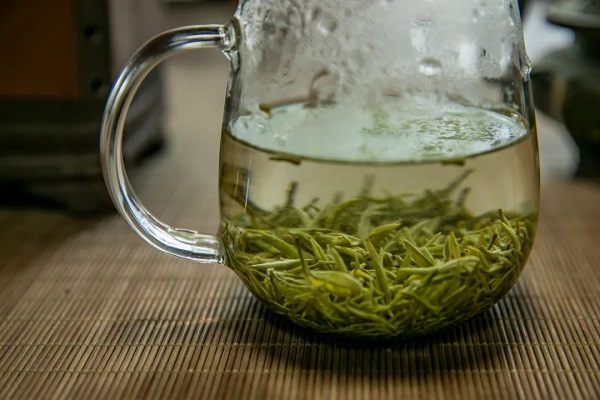
In addition to the luxurious Biluochun, there are also the first batch of “fried green” after the Qingming Festival. The quality is good and the price is affordable. This is the “drinking tea classic” of the careful old Suzhou people.
Compared with Biluochun before the Ming Dynasty, fried green after the Ming Dynasty has stronger aroma and mellow taste. It is a favorite variety of many old tea customers.
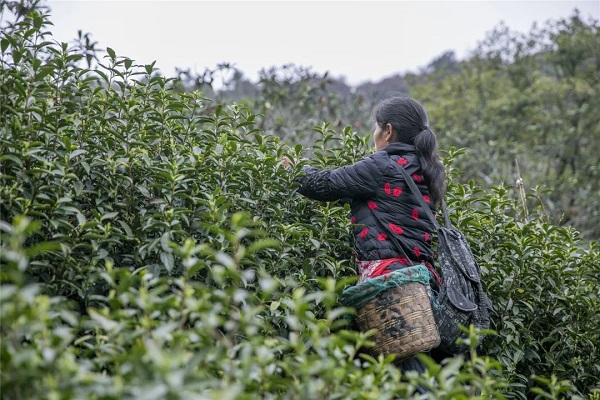
During the Qingming Festival, after the irrigation of nature, the tea began to stretch after the Ming Dynasty. Although the tea is fresh and tender, it does not need the tea before the Ming Dynasty, but the taste and aroma are more fascinating.
Dry tea smells fresh and woody, with a hint of fruit sweetness. After soaking, the aftertaste is sweet and soft. The tea soup is mixed with the fresh smell of flowers and trees. It is slightly bitter and slightly fragrant. After drinking, the lips and teeth remain fragrant, giving people endless aftertaste.
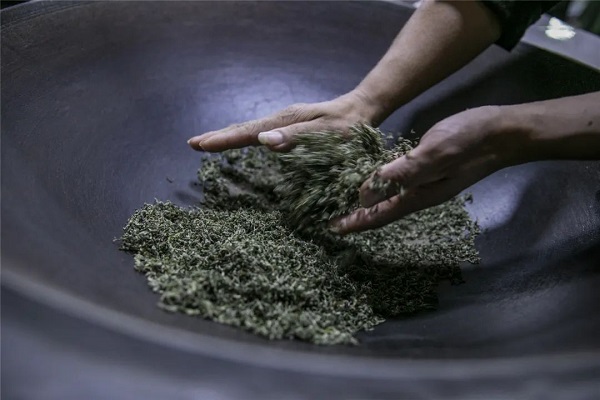
Fried green is suitable for a person to taste slowly. Soak a cup of Biluochun fried green. Looking at the small particles of deep Dai, they gradually become mellow and shine slowly. The thick tea fragrance mixed with the unique fragrance of flowers and fruits is intoxicating.

